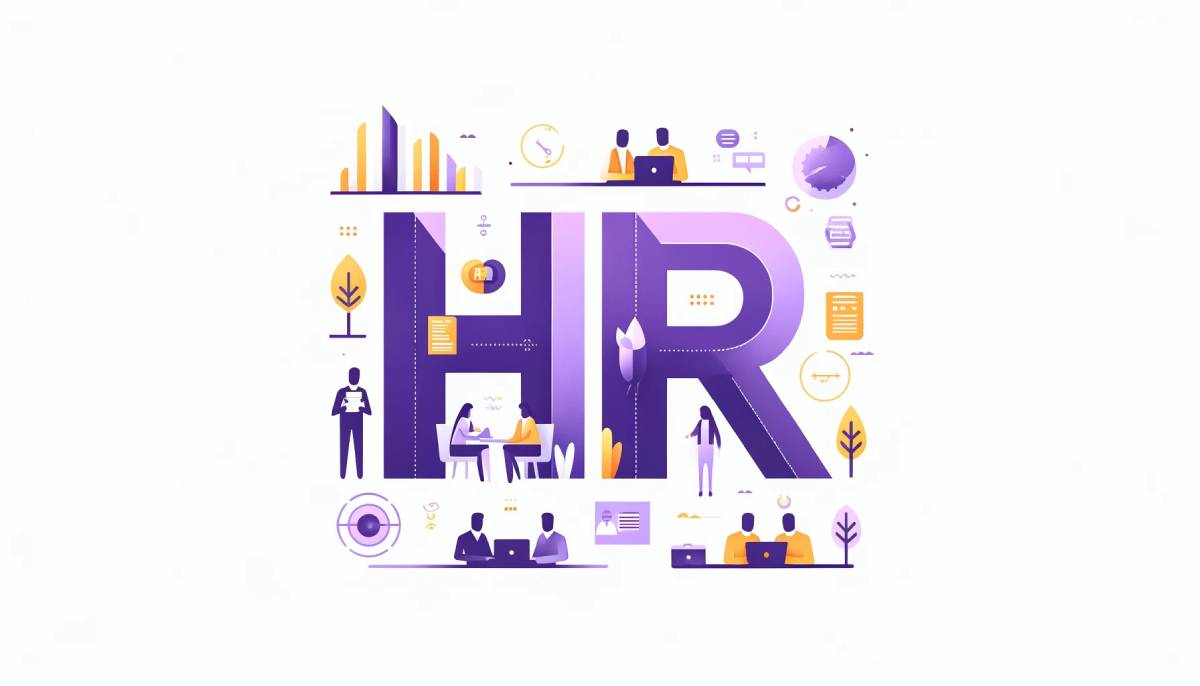Definition of Blended
Workforce
A blended workforce is where a company combines their permanent employees with other types of workers such as freelancers, contractors or temporary staff. This approach seeks to maximize flexibility, skills and efficiency by seamlessly integrating permanent as well as temporary talent in the organization’s processes.
Understanding
the Blended
Workforce
A blended workforce comprises permanent employees and temporary workers or independent contractors. This structure ensures stability with permanent staff but incorporates specialized talent for specific projects or busy periods.
Key characteristics of a blended workforce include:
- Diversity in Expertise: It brings together a wide range of skills and experiences, conducive to innovation and problem-solving.
- Cost-Effectiveness: With the ability to hire talent only when needed, businesses can control labour costs more effectively.
- Flexibility: It offers the agility to adjust the workforce size based on current needs without the constraints of traditional employment contracts.
- Collaborative Environment: When managed well, a blended workforce can foster a collaborative atmosphere where diverse perspectives lead to enriched work processes and outcomes.
The Meaning of a Blended Process
The term ‘blended process’ refers to an operating method that combines various approaches, techniques, or resources to achieve a specific goal, particularly in the context of a blended workforce. This may involve harmonizing the efforts of full-time staff with external consultants or contractors to optimize productivity and project delivery.
Blended processes are characterized by:
- Integrated Management: Ensuring all team members are coordinated, despite differing employment statuses or locations.
- Balanced Workflow: Managing the distribution of tasks to suit the strengths and availability of internal and external workers.
- Effective Communication: Keeping lines of communication open and clear, fostering transparency and understanding among a diverse set of workers.
- Harmonious Culture: Building an inclusive culture that respects and values the contributions of all workers, regardless of their employment type.
Managing a Blended Workforce
Effective management of a blended workforce is crucial for reaping the benefits it has to offer. To ensure success, employers need to focus on several key strategies:
-
Clear Definition of Roles: Clarify the expectations and responsibilities of full-time, part-time, and contract workers to avoid role confusion and ensure cohesive teamwork.
-
Flexible Work Arrangements: Adapt to the varying needs of a diverse workforce with flexible schedules or remote work options when possible.
-
Inclusive Culture: Foster a culture where every worker type is valued equally for their contribution to the organization’s success.
-
Regular Communication: Maintain ongoing dialogue through regular meetings and updates, allowing all team members to stay informed and aligned.
-
Performance Management: Implement performance tracking tools like Time Champ to measure productivity across different segments of the workforce.
By applying these strategies, employers can create a blended workforce that is productive, engaged, and aligned with organizational objectives.
Benefits and Challenges of a Blended Workforce
Benefits
- Agility and Scalability: Businesses gain the ability to quickly adapt to demand by scaling their workforce, and bringing in specialized talent as required.
- Cost Savings: A reduction in fixed labour costs as employers pay for specific skills only when necessary.
- Diverse Perspectives: A wide range of skills and backgrounds leads to innovative thinking and problem-solving.
- Access to Top Talent: Employers can attract industry-leading expertise on an as-needed basis, without the commitment of a full-time salary.
Challenges
- Coherence: It is not easy to keep the team united and working together despite their differences.
- Compliance and Liability: Managing the legalities and liabilities involved with various forms of employment is a challenging task.
- Cultural Integration: Making sure that every member of the team is included and inspired, no matter whether they are employed or not.
Despite these challenges, the benefits often outweigh the difficulties, particularly for businesses that invest in effective management systems and foster a culture of inclusivity.
Blended Workforce Trends and Future Outlook
As businesses evolve in the digital era, the blended workforce model is becoming more prevalent. Trends indicate a growing openness among companies of all sizes to integrate freelancers, consultants, and temporary workers with their permanent staff. This shift is driven by the gig economy’s rise, technological advancements, and changing workforce expectations.
A blended workforce is a labor force composed of full-time employees, part-time workers, freelancers, contractors, and other types of workers, integrated to achieve common organizational goals.
A blended process in workforce context refers to the combination of different working methods, tools, and employee types to optimize productivity and meet diverse business needs.
Organizations benefit from a blended workforce by leveraging diverse skill sets, fostering innovation, reducing fixed labor costs, and gaining the ability to quickly scale operations up or down.

